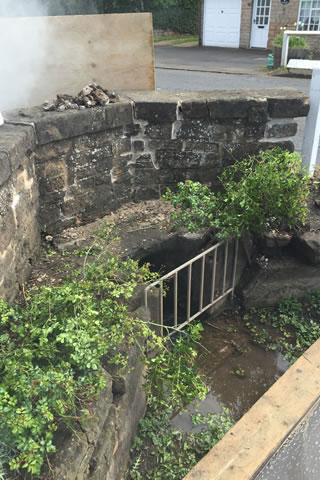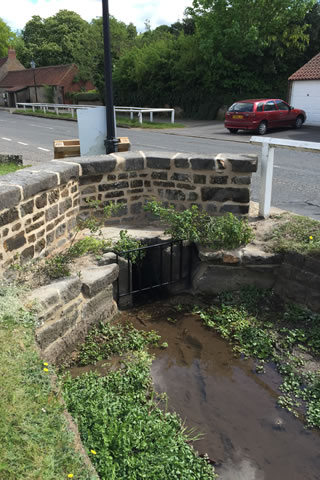In 2013 Linby Parish Council decided to approach the Heritage Lottery Fund (HLF) to see if we would be able to apply for funding to help restore the walls around the Linby Docks to their former glory. We were fortunate that the HLF agreed to support the project and as a council we would like to convey our thanks to the HLF.
The streams, known as the Linby Docks, are tributaries of the River Leen and were used to feed the mills around Linby, from which Linby takes its name. In World War II, the infamous Lord Haw-Haw broadcasted that the docks would be bombed. The bombs did come, missed the nearby railway line and landed in a field close by.
Over the years the stone walls around the docks have been repaired by using cement, which has damaged the stone and is completely out of keeping for the area and the village.
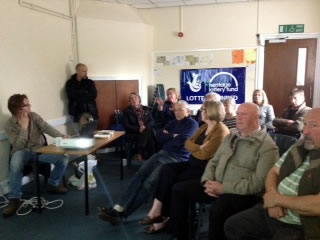
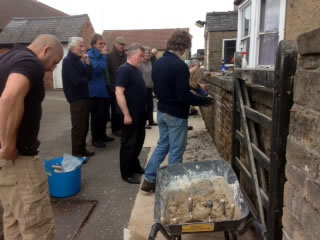
Linby Parish Council had 3 aims with the project:
- Ensuring that people understand the importance of the docks and the pivotal role they have played during the village history, as well as ensuring they carry on being part of our history for future generations.
- Ensuring that people understand the importance of using traditional building techniques for stone based houses/ walls etc. This was achieved by holding a training day on 19th April 2015 with the support of Jason Mordan, Nottinghamshire County Council’s Senior Practitioner for Historic Buildings and local stonemasons—Whitbread Restoration.
- Restoring the dock walls using Lime Mortar
One of the advantages of lime mortar is that in the event of cracking, mortar deeper in the join is exposed and reacts with the air to crystallise and bond across the crack, reducing the loss of strength. As you can see from some of the photos supporting this application this has been a problem with cement mortar.
Lime mortar is a type of mortar composed of lime and an aggregate such as sand, mixed with water. It is one of the oldest known types of mortar, dating back to the 4th century BC and was widely used in Ancient Rome and Greece. With the introduction of cement during the 19th century the use of lime mortar in new constructions gradually declined, largely due to cement’s ease of use, quick setting and compressive strength. However the soft, porous properties of lime mortar provide certain advantages when working with softer building materials such as natural stone and terracotta. For this reason, while cement continues to be commonly used in brick and concrete construction, in the repair of older, stone-built structures and the restoration of historical buildings the use of cement has largely been discredited.
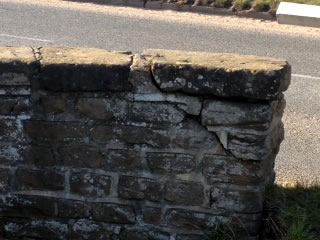
Pictures below show one set of walls and how they looked prior to restoration and how they looked following restoration with the lime mortar.
